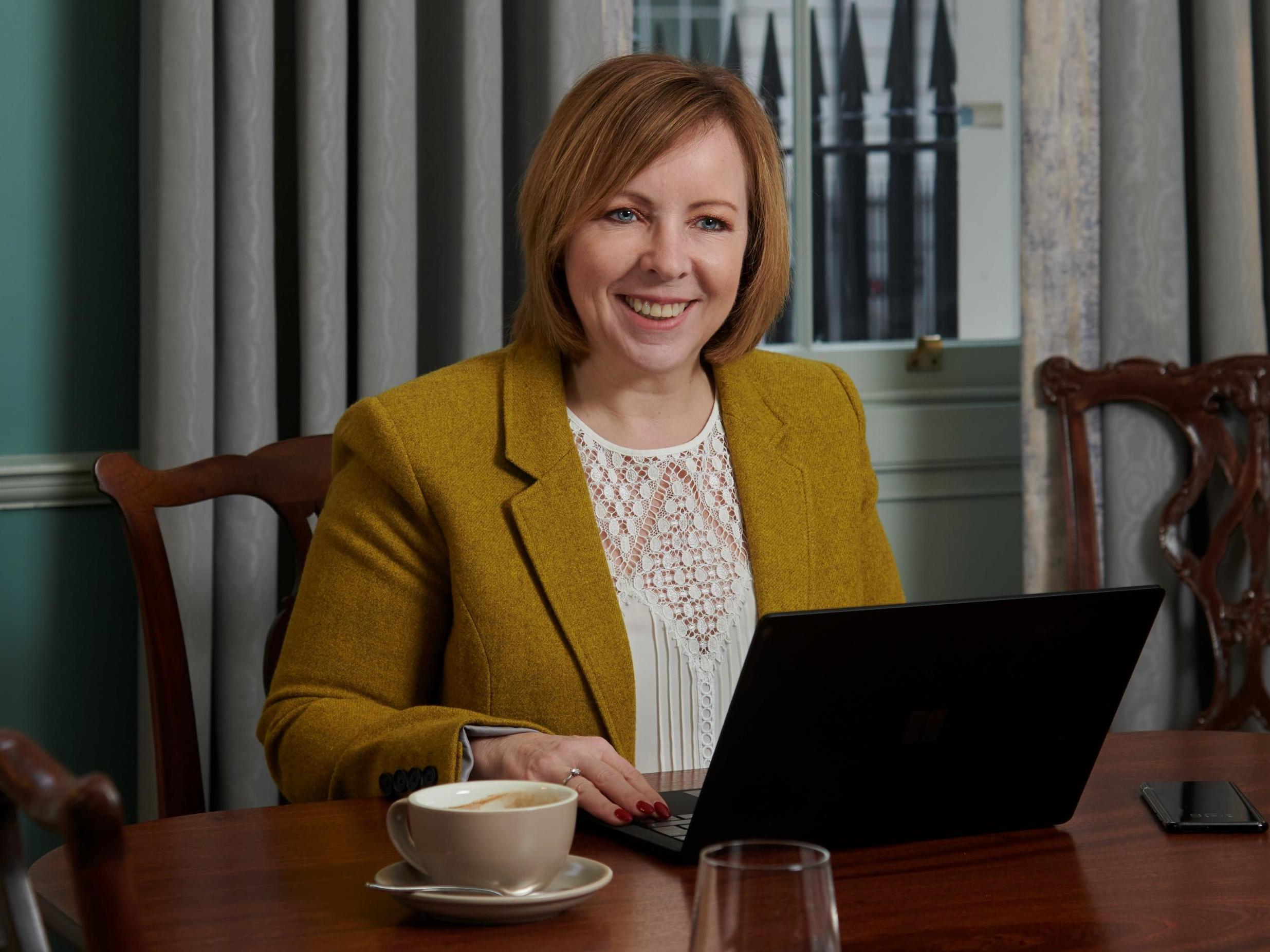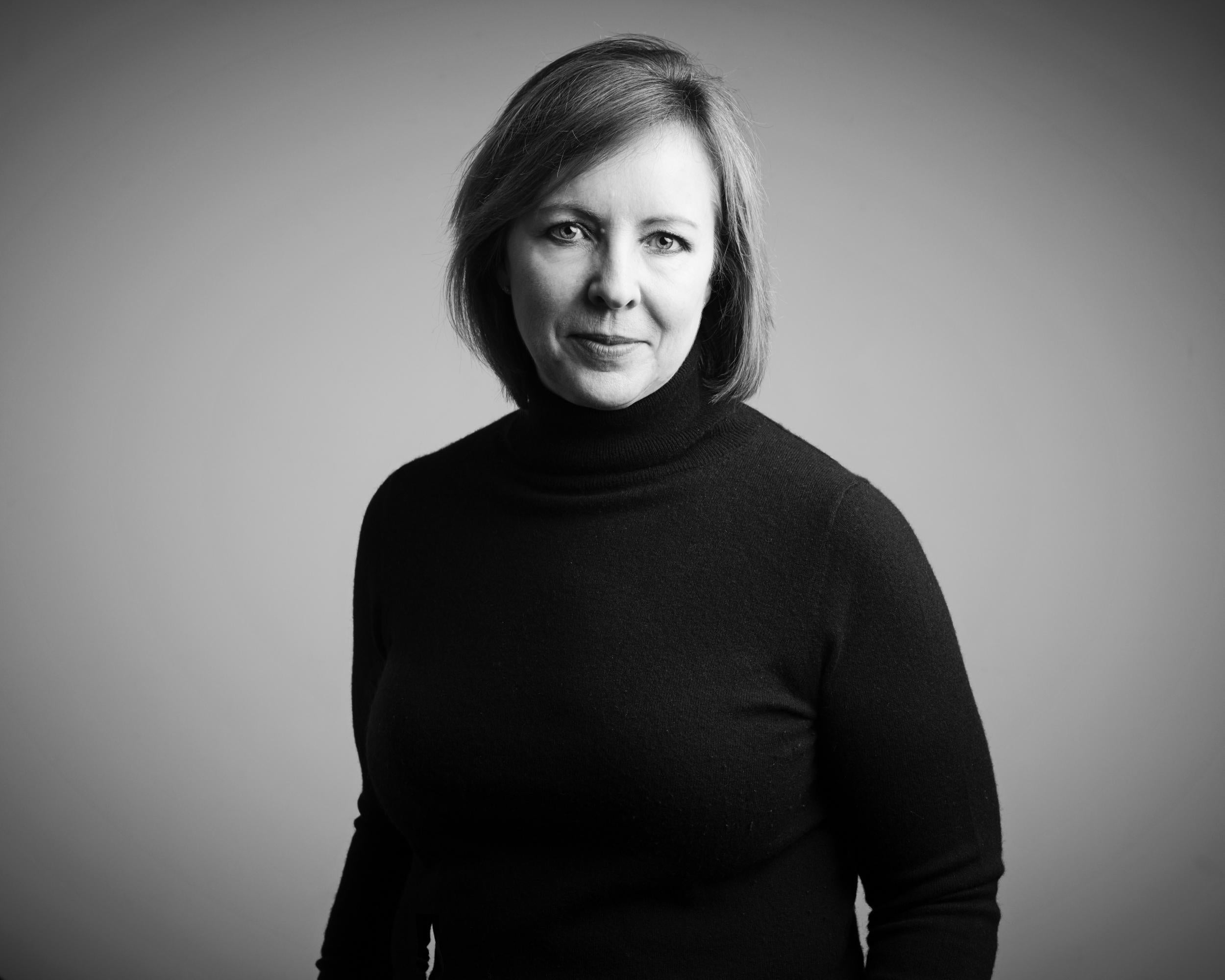The consultancy diversifying companies and delivering excellent customer experience
Aileen Allkins has seen that it takes hard work to diversify companies but it is absolutely necessary to do so while making sure the customer is well looked after, writes Martin Friel

It’s hard being a business in the modern age. Gone are the days when you could pick and choose what the public saw or thought about you. In today’s information saturated world, there is nowhere to hide with every little mistake amplified and vilified on social media.
And despite American author, David Sedaris’s belief that those seeking sympathy can find it “between shit and syphilis in the dictionary”, it’s hard not to feel a little bad for the modern brand.
Any company worth its salt will say that the customer, their people and creating greater diversity are an absolute priority. But tangible examples of this commitment are often hard to come by which creates a problem when brands talk about them in public.
The online discourse in the aftermath of the murder of George Floyd is a case in point. As indignation and demand for change increased, global brands fell over themselves to show just how “un-racist” they were – but for many, the statements rang hollow when compared with the business reality.
This disconnect was made excruciatingly clear in a column by Mark Ritson for Marketing Week. He compared the online proclamations of solidarity with the Black Lives Matter movement from brands such as Nike, Adidas, L’Oréal and Spotify with the racial makeup of their boards, with predictable results.
This problem of trying to match up what brands want to be versus what they actually are is precisely why Aileen Allkins left a lucrative career in the tech sector to set up her own consultancy.
Having a held a series of senior customer service and support roles at a variety of tech firms including Hewlett-Packard and most recently, Microsoft, Allkins has set out to help businesses understand what it is going to take to really put the customer at the heart of everything they do and create a truly diverse work environment.
She believes, on the whole, that while they all want to talk the talk, few are willing to really walk the walk.
“No CEO or member of the c-suite will deny that diversity is important. The intentions are good, but in too many companies it is lip service and ticking a box,” she says.
“We celebrate moving the needle on diversity by a fraction of a per cent and then something major happens [like George Floyd’s murder] which triggers a massive response. And low and behold, everything is now largely back to normal for these brands. It is really hard to move the needle.”
Because creating real diversity in a business takes real work.
“You need to define what you mean by diversity, which takes time and you have to go through a programme of education within the company.
“There needs to be lots of planning around it as it is a really significant programme of cultural change,” she says.
She advises against hiring for specific roles in favour of hiring specific people who reflect the culture you want to create.
Because companies of all shapes and sizes will continue to be judged by an increasingly unforgiving public and if they want to survive, they have to finally move beyond words
“Find amazing talent, people who have different experiences and are able to turn their hand to anything,” she advises.
She speaks from experience having done just that in a previous role, but she says getting to the finishing line was much harder than she had anticipated as bringing in diverse experiences and views naturally leads to less agreement and consensus.
“But it was worth it – once we got through that pain barrier, it was beautiful,” she says.
And she believes that businesses need to be prepared to undertake an equal amount of hard work when it comes to that other, now hackneyed phrase from the corporate world – customer centricity.
“Products go through an extensive design process but the end to end experience, how customers experience it and how they get help with it, is thrown over the fence to another department.
“Products aren’t designed end to end, and I am a really firm believer in including the front-line teams who are touching customers more than anyone else in the business,” she says.
In her experience, those front-line teams are often the last people considered when designing a product or service, in spite of the platitudes coming down from the top. She believes that all the talk about employees being a company’s differentiator is often just that, talk.
“It is the right thing to say, but when you challenge companies about what makes their people their differentiator, they really don’t have a good answer. They can’t tell a good story.”
Which is where Aileen hopes to step in. But it must, she says, go beyond having a story.

“It makes me sad that people don’t pay attention to the front-line people, but answering why is incredibly difficult.”
She believes part of the problem is that not enough senior individuals are motivated, or perhaps more importantly, remunerated, based on customer experience. Which perhaps explains, in part, the current trend towards appointing a chief customer officer.
“That role will only work if they report to the CEO and are at peer level with rest of the c-suite,” she says.
“They are the advocate for the customer when decisions are being made. They have to be independent from their peers and not be afraid to go to the product team and tell them bad news.”
She concedes that making a company truly customer centric or diverse or having a healthy culture is no simple task. If achieving these things was straightforward, there wouldn’t be so many businesses getting it so wrong, so often and so publicly.
But she says helping these businesses get out of the weeds is ultimately what led to her setting up on her own: “I love the idea of helping 20 companies this year rather than just one.”
And, as she says, companies are often more willing to listen to an outsider than one of their own and they would be well advised to listen.
Because companies of all shapes and sizes will continue to be judged by an increasingly unforgiving public and if they want to survive, they have to finally move beyond words.
Join our commenting forum
Join thought-provoking conversations, follow other Independent readers and see their replies
Comments